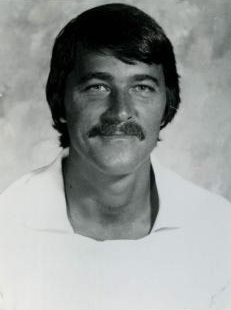 Dampier in 1979 | |
| Personal information | |
|---|---|
| Born | November 20, 1944 Indianapolis, Indiana, U.S. |
| Listed height | 6 ft 0 in (1.83 m) |
| Listed weight | 170 lb (77 kg) |
| Career information | |
| High school | Southport (Indianapolis, Indiana) |
| College | Kentucky (1964–1967) |
| NBA draft | 1967: 4th round, 38th overall pick |
| Drafted by | Cincinnati Royals |
| Playing career | 1967–1979 |
| Position | Point guard |
| Number | 10 |
| Career history | |
| 1967–1976 | Kentucky Colonels |
| 1976–1979 | San Antonio Spurs |
| Career highlights | |
| |
| Career ABA and NBA statistics | |
| Points | 15,279 (15.9 ppg) |
| Rebounds | 2,543 (2.6 rpg) |
| Assists | 4,687 (4.9 apg) |
| Stats at NBA.com | |
| Stats at Basketball Reference | |
| Basketball Hall of Fame | |
Louis Dampier (born November 20, 1944) is an American former professional basketball player. He played professionally in the National Basketball Association (NBA) and American Basketball Association (ABA), primarily playing with the Kentucky Colonels.
Contents
- High school
- University of Kentucky
- Pro basketball
- ABA and NBA career statistics
- Regular season
- Playoffs
- See also
- References
- External links
A 6-foot-tall guard, Dampier is one of only a handful of men to play all nine seasons in the American Basketball Association (ABA) (1967–1976), all with the Kentucky Colonels. Dampier is the only player that played in the playoffs in all nine ABA years. His 728 games played in the ABA is the most for any player. [1]
He also was one of just two players to play all nine ABA seasons with the same team; the other was Byron Beck of the Denver Rockets, later renamed the Nuggets. After the ABA–NBA merger in 1976, Dampier played three seasons (1976–1979) in the National Basketball Association (NBA) with the San Antonio Spurs. Dampier was inducted as a member of the Naismith Memorial Basketball Hall of Fame in 2015.
